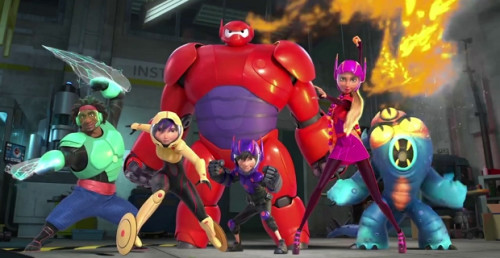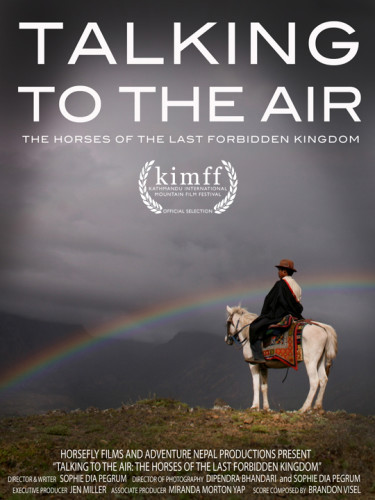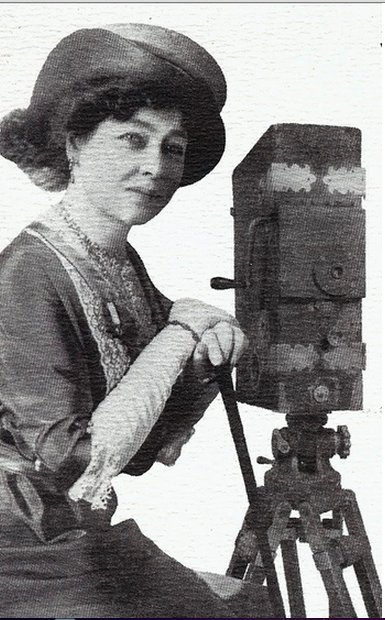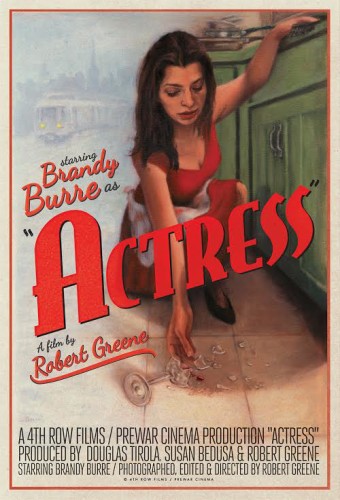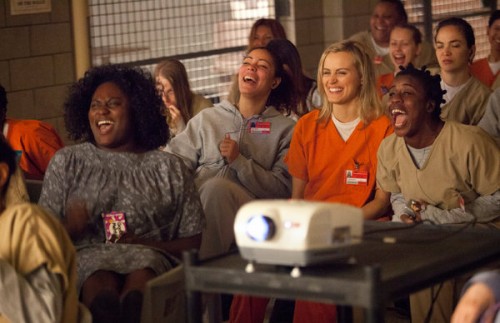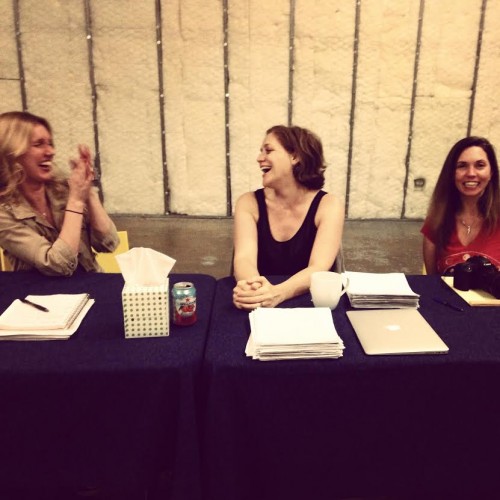This is a guest post by Shantal Freedman.
I recently saw a movie that blew me away: Big Hero 6 (spoilers ahead). I tend to come across people who don’t think it’s possible to deeply enjoy a “cartoon” or think cartoons are only for kids. If all of those intelligent people who believe that would give these animated films a chance, they would see how incredibly powerful some of these films are for adults as well. However it is actually a fantastic thing that Big Hero 6 appeals to kids, and I think this might be one of the most important movies for kids to grow up watching. Big Hero 6 is the start of creating a reality where gender inequality doesn’t exist.
First, it was really nice to see that Hero’s group of friends was equally split between male and female: two girls, two guys. Disney’s flagpole films have been switching off between a male lead and a female lead yearly. This one was a male lead, yet the female characters were very prevalent and strong. There wasn’t a single female who wasn’t a completely awesome character. Any girl can watch this movie and feel as connected as any guy.
One of my favorite characters in the movie is Gogo. She’s one of Hero’s friends and she is a badass scientist, both in the lab and out. She kills it in all of the fight scenes. Actually, all of his friends equally kill it – not one person was stronger or weaker, they were all equally strong in their own way with their own powers. You’ll see many times in movies that the “badass girl” is either butch and stiff (also in her personality) or a sex object. Gogo is neither, she is the badass girl who is also a human.
Hero has a breakdown partway through the film. He is a teenager trying to cope with his brother’s death and he finally loses it. He even left all of his friends on an island, taking their only means of transportation out of there. They make it back and meet Hero in his garage. One of the crucial things a person can do to help a friend who is depressed, is to be a friend. Gogo understands this, walks up to Hero without saying a thing, and hugs him. She can be tough but also feminine and nurturing. This teaches boys and girls that they can be whatever they want. This teaches the next generation that they don’t need to fit in a box or be ridiculed for being who they are. That’s true for every character in this film.
And my favorite line in the film? Gogo: “Stop whining; woman up.” It was casual and said in a non-obvious way. It didn’t phase any of the characters. It was a line that appeared to be “normal.” I really appreciate something like this in a film. It’s not trying to beat people over the head with their message that “woman up” is the same as “man up.” She says “woman up” a second time around the climax of the film during the last fight out with Professor Callaghan. She was literally speeding up a pillar of microbots. Gogo’s looks are also an interesting thing to note.
In fact, the looks for all of the female characters are extremely important to mention. Clearly, each significant female character looks quite good. They are all attractive. Part of me thought, “well, maybe they could have switched up their body-types a bit.” Then the other part of me thought, “I’m so glad they made all of the female characters really attractive!” Why? Because not a single one of them was defined in any way by their looks. There was no comment about how hot someone was, there was no romantic relationships going on in the group which is something we’ve come to expect, and there was no one hitting on Hero’s hot aunt, which Fred’s character would have totally been doing if this was another movie.
One of the most important elements of the entire movie is the world that they created. The world in Big Hero 6 is a world where all women are treated with respect. Gender inequality wasn’t even an issue. Not to get all dark, but we talk so much about rape culture these days and hopefully everyone knows by now that teaching women to dress more modestly is not how to fix this but rather teaching our sons to respect women. This is what Big Hero 6 does. A kid watches Big Hero 6 and gets invested in a world where the women are respected. All of them. It’s so common for writers and directors to characterize a “bad guy” by him disrespecting a woman in some way, whether it be physical abuse, demeaning insults or just having an entourage of women at the tips of his fingers. Imagine if that wasn’t even an option. Imagine what the next generation will be like if they grew up on films like Big Hero 6? I tear up just thinking about the beauty and impact Big Hero 6 can and hopefully will have on our society.
As a director myself, this film really moves me. One of the things I care very deeply about is the portrayal of women in films. I just finished shooting my latest film, Ticketed, where I, too, created a world where gender inequality just doesn’t exist. I truly believe that if we positively promote these morals, instead of beating people over the head and shaming them for their bad habits, change will happen. I think there needs to be more films out there like Big Hero 6, which is why it’s so important for me to get Ticketed out there.
We need to raise the funds to finish the film and complete our post production. We’ve launched a funding campaign on Seed&Spark so anyone who wants to support a non-preachy action-packed comedy with a female lead and mission behind it can do so. You can learn more here: http://www.seedandspark.com/studio/ticketed; www.facebook.com/Ticketed, @TicketedMovie. Email ticketedthemovie@gmail.com.
See also at Bitch Flicks: Big Hero 6: Woman Up
Shantal Freedman is a fema-nazi man-hater who became a director to make a point. Although, she’s not really sure what that point is anymore. Despite all that she is a domestic and international award winning filmmaker whose films have incurred compliments such as “meh” and “the popcorn was good.”
